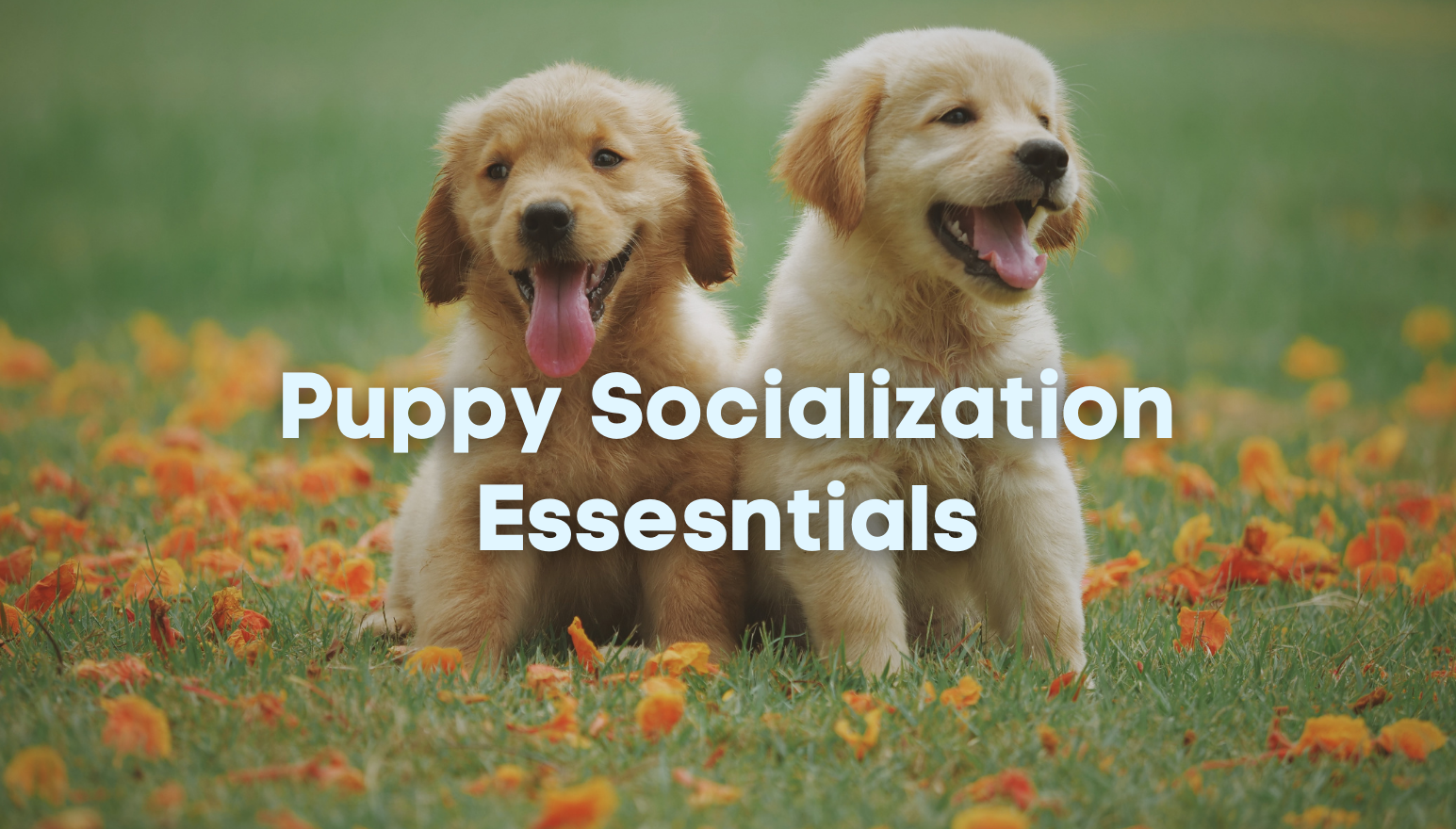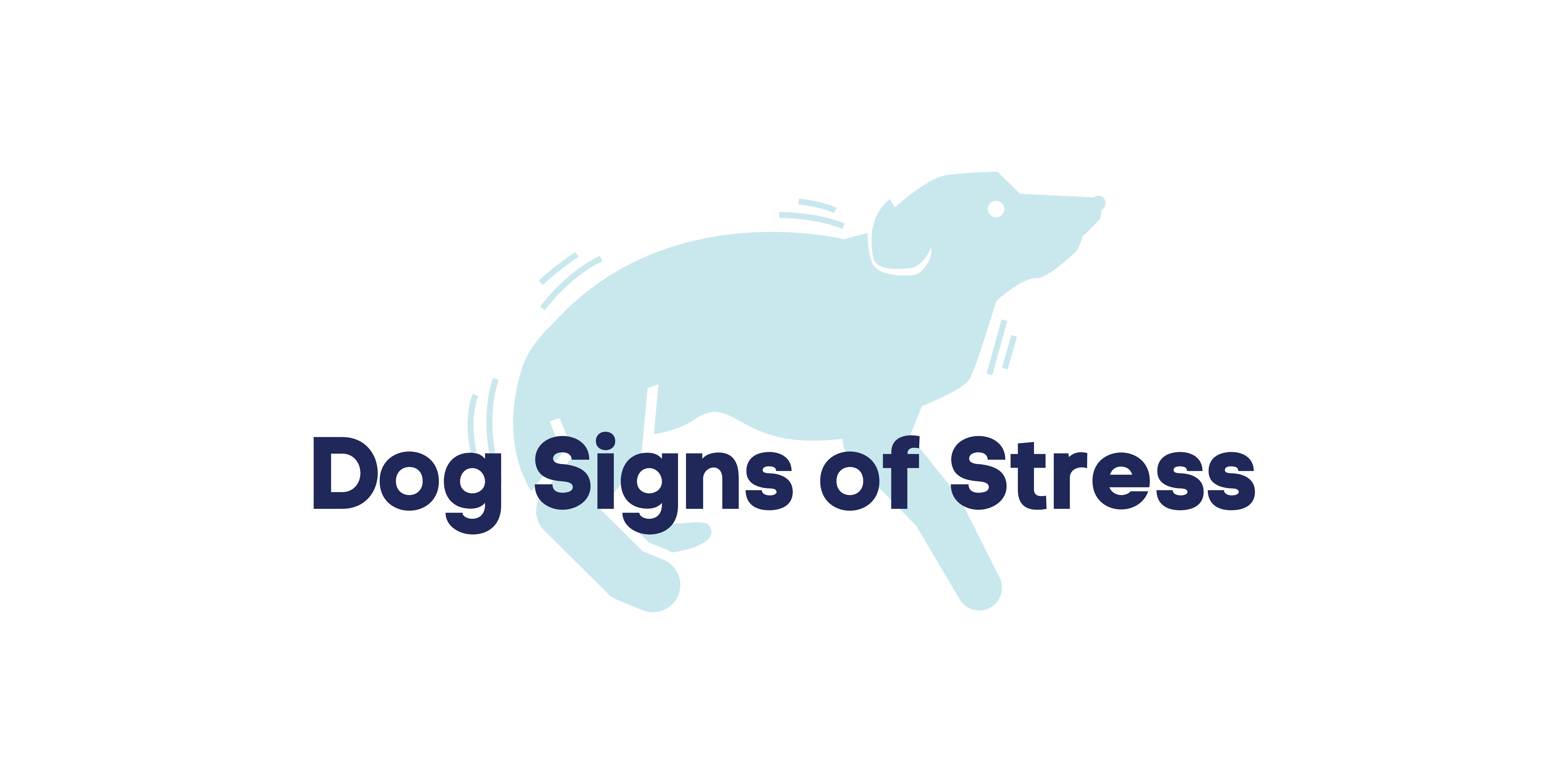Dog Training 101: What is Clicker Training?
By Angelica Steinker, M.Ed., CDBC, CAP2
edited by Kimberly "Kim" Archer, CPDT-KA, CTDI

Clicker training is a training method using a handheld plastic box that makes a clicking noise when depressed by a trainer. This click allows a trainer to mark a very precise moment in time, communicating to a dog exactly when they did something desired. The click is then always followed by a treat or something else the dog wants, to show the dog that click -> good stuff. Once a dog learns this pattern and that their own behaviors can induce clicks, dogs will have fun and work hard to make that noise happen again. Using a clicker speeds up the learning process compared to not using one, since it takes the guesswork out of learning. The dog knows exactly when it gets a click and connects that to exactly what behavior is getting her the treat. It narrows the time delay gap between the desired behavior and the reward, because clicking can be immediate while offering treats might take a few seconds. The click is a promise from the trainer to the dog that a reward is coming soon, giving a dog the chance to evaluate what they’re doing right then that earned them that reward. Once a dog catches on to the clicker training learning game, she will repeat what you click, and once this happens, you can use the clicker to talk to your dog. Click anything the dog does that you like, and she will repeat it—a very useful game!
A marker is a sound that is made during a specific moment in time which the dog was doing the desired behavior to signal to the dog that the behavior they did in that moment was desired and will be rewarded.

For example, if you are teaching a dog to sit, your goal is to reward them just as the dog’s bottom touches the ground. That’s the specific moment that you’re intending to train and tie to a cue. With the couple seconds it takes you to hold out your hand and offer a treat, the dog would think through a process of experimentation, trying to figure out what earned the reward: eye contact, moving toward you, bending a knee, tilting their head, or something else? With a clicker, you would click within milliseconds of the dog touching the ground, and this sound would last for only a fraction of a second. While the dog is thinking about this very small time frame, they would figure out very rapidly that it is the sit behavior that is causing the click and then getting her the treat.
The click signals the good stuff (like treats)
So then why click? Clicker training offers you a fun and effective method of teaching behaviors. Dogs that enjoy their training sessions can learn more and perform better. Most importantly: you and your dog will have better results, and more fun!
Does a Hammer Work?
Some trainers say they tried the clicker but it did not “work.” A clicker is like a hammer: it works, but how well it works depends on the skill of the person using it. If the noise of the clicker is not consistently paired with a reward, or if the reward is not something the dog really wants, then the click loses its meaning or never gains meaning in the first place.
There is a lag time while the dog learns that the click marks the behavior. They learn the click -> reward link quickly, but it may take longer to work out that they can cause the click to happen. This means that at first, the clicker may seem not to be working, because the dog has not yet understood that she can control the click. The goal is for them to learn that if they repeat what is clicked, then they will cause another click. The clicker still works before this has been learned, but the training may need to be modified to help the dog better understand. If the dog is not successful, it is our job to change our teaching style, not to blame the dog or the clicker.
Three Ways to Learn Behaviors
When training, there are three ways for you to learn behaviors: shaping, prompting, and capturing.
Shaping
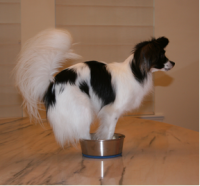
Shaping refers to gradually building the behavior one tiny piece at a time, like a sculptor creating a work of art. This may sound tedious, but it is actually a blast. Pictured at right is a shaped behavior: stand in the bowl. This dog, who understands the clicker game very well, was first clicked and treated for placing one foot into the bowl, then two, then three, and finally all four feet. This process only took twelve sessions that lasted only a few minutes each. The learning process was a blast for both the trainer and the dog. All learning should be fun!
Prompting

Prompting means you use a piece of food, a target, or other props to encourage the dog to offer the behavior that you want. Pictured at left is the classic shake behavior. This trainer originally held a piece of food in her closed hand. The dog attempted to get the food by licking and nibbling at her hand before eventually pawing at the hand. The moment this happened, the trainer clicked and opened the hand, revealing the treat for the dog to eat. The closed hand with the treat in it was the prompt, encouraging the paw behavior. After repeating this a half dozen times, the trainer removed the treat from her hand and gradually changed the shape of her hand from a fist to an open hand. This open hand became the cue for the shaking hand behavior.
Capturing

Capturing can be the easiest of the three methods, since all it requires is clicking and rewarding the dog for a behavior that they naturally offer. It is easy to capture a sit or a down, since they are behaviors that all dogs naturally perform. While anything your dog does often can be captured, if your dog does a behavior only rarely, capturing will be a less successful method of training. Once you have clicked and treated a behavior, and the dog is consistently repeating what you want, you can add a cue. This Miniature Pinscher loves to crawl into his little strawberry bed, making it an ideal behavior to capture and put on cue.
Which is Best?
Professional trainers can get into verbal fisticuffs over which of the three methods is the best. The bottom line is that it depends on the behavior you are trying to teach, the dog, and the creativity and skill of the trainer.
Don’t Force It
Intimidation or the use of physical punishment should never be part of learning new behaviors or modifying behavior, and this is no different with clickers. Clicker training doesn’t rely on coercive tools such as choke chains, prong collars, shake cans, or spray bottles. Clicker training is based on encouraging a dog to volunteer behaviors. The dog is not pushed, pulled, or otherwise coerced into performing the wanted behavior. Clicker training is not compatible with force.
Clicker training is based on encouraging a dog to volunteer behaviors
Another reason to avoid physical punishment is that our dogs are emotionally connected to us in part by our reinforcement history with them. Reinforcement history is roughly comparable to your bond with your dog. Every time you do something your dog likes, that “something” is associated with you via classical conditioning. Every belly rub, every game, and every piece of food is a deposit into the bonding bank account. When using coercive training methods, we damage that reinforcement history and spend the goodwill we’ve been creating. A damaged reinforcement history can dampen your dog’s motivation and desire to play with you, and negative bonding bank balances may cause aggression, biting, or other behavior problems. A good reinforcement history in contrast helps keeps your dog happy, healthy, and motivated to play and learn with you.
Click and Play
Most trainers use clickers in combination with food. You offer a click, and then you offer a treat. But while this is common, you can offer other positive reinforcements as well, such as offering a click and then offering to play. Any game that your dog finds fun can be used as a reward. If you asked the best trainers in the world if they play with their dogs, you would hear a long list of their favorite games, because there is a strong connection between play and success in dog training. At its core, learning is a game, and to be successful at teaching your dog, you have to play. That makes it a great reward option to pair with a clicker, particularly if your dog is less motivated by treats.
Stress
 We’ve all seen that stress prevents us from having fun, but that’s not all: stress is also at odds with learning. For example, a stressed dog will have memory and perception problems, making them more likely to struggle with recognizing the behaviors you want as well as less likely to be able to recall them later. This is why using positive punishment (e.g. yelling, hitting, spraying, or throwing things at a dog) and negative reinforcement (e.g. yanking on a dog’s leash until the dog does what you want) usually slow and can even stop learning entirely. Positive punishment is the scientific term for “adding a stimulus the dog doesn’t like in order to teach it to stop a behavior the trainer doesn’t like,” while negative reinforcement is “removing a stimulus the dog doesn’t like in order to teach it to start a behavior the trainer does like.” These methods also often (but not necessarily) involve some type of physical force, which can physically harm the dog, but even if they don’t leave an injury, the stress they create is detrimental to the learning process.
We’ve all seen that stress prevents us from having fun, but that’s not all: stress is also at odds with learning. For example, a stressed dog will have memory and perception problems, making them more likely to struggle with recognizing the behaviors you want as well as less likely to be able to recall them later. This is why using positive punishment (e.g. yelling, hitting, spraying, or throwing things at a dog) and negative reinforcement (e.g. yanking on a dog’s leash until the dog does what you want) usually slow and can even stop learning entirely. Positive punishment is the scientific term for “adding a stimulus the dog doesn’t like in order to teach it to stop a behavior the trainer doesn’t like,” while negative reinforcement is “removing a stimulus the dog doesn’t like in order to teach it to start a behavior the trainer does like.” These methods also often (but not necessarily) involve some type of physical force, which can physically harm the dog, but even if they don’t leave an injury, the stress they create is detrimental to the learning process.
Clicker training done correctly minimizes stress
Clicker training done correctly minimizes stress. Some mild frustration is part of learning, as learning is like solving a puzzle, and frustration is a part of that process. The art of training is learning to read a dog and knowing how to minimize learning frustration. As an example, a dog barking out of frustration while you are training is usually a sign that something is wrong. Maybe what you’re asking the dog to do is too difficult and you’d benefit from trying a slightly easier behavior, or maybe the dog is sick or tired and ready to do something else. Wouldn’t it be cool if all dogs had fun while learning?
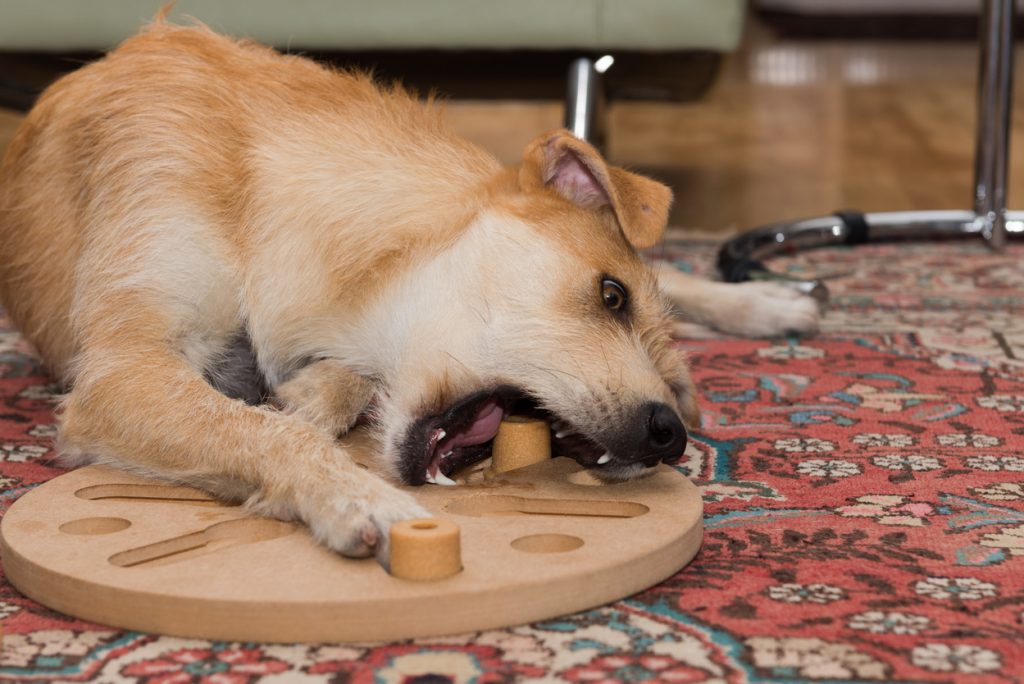
Stages of Learning
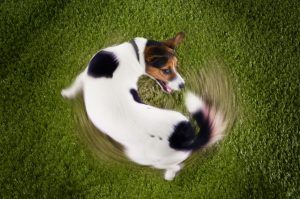
Learning occurs in two stages: acquisition, when the dog is learning a new behavior, and maintenance, when the behavior has been learned and put on cue. One challenge is that you don’t always know when the dog is in acquisition or in maintenance. If you trained your dog to turn left and right on verbal cues, then you didn’t practice the left and right behaviors for three months, your dog may not remember the cues and revert back to acquisition. It may seem a little frustrating, but training your dog is not like riding a bike: a dog will eventually forget the behaviors if you don’t practice and reward them.
A dog will eventually forget the behaviors if you don’t practice and reward them
Time to Click!
No matter what you want to teach your dog you should try to make it fun for both of you. Here are four tips:
- Keep sessions short, aiming for several sessions rather than one long one.
- Leave the dog hanging so they want more, which will make them enthusiastic the next time training begins.
- Set the dog up for success. Avoid failures, so failures are not rehearsed.
- End sessions on success!
Wishing you happy training in all that you do with your dog!


